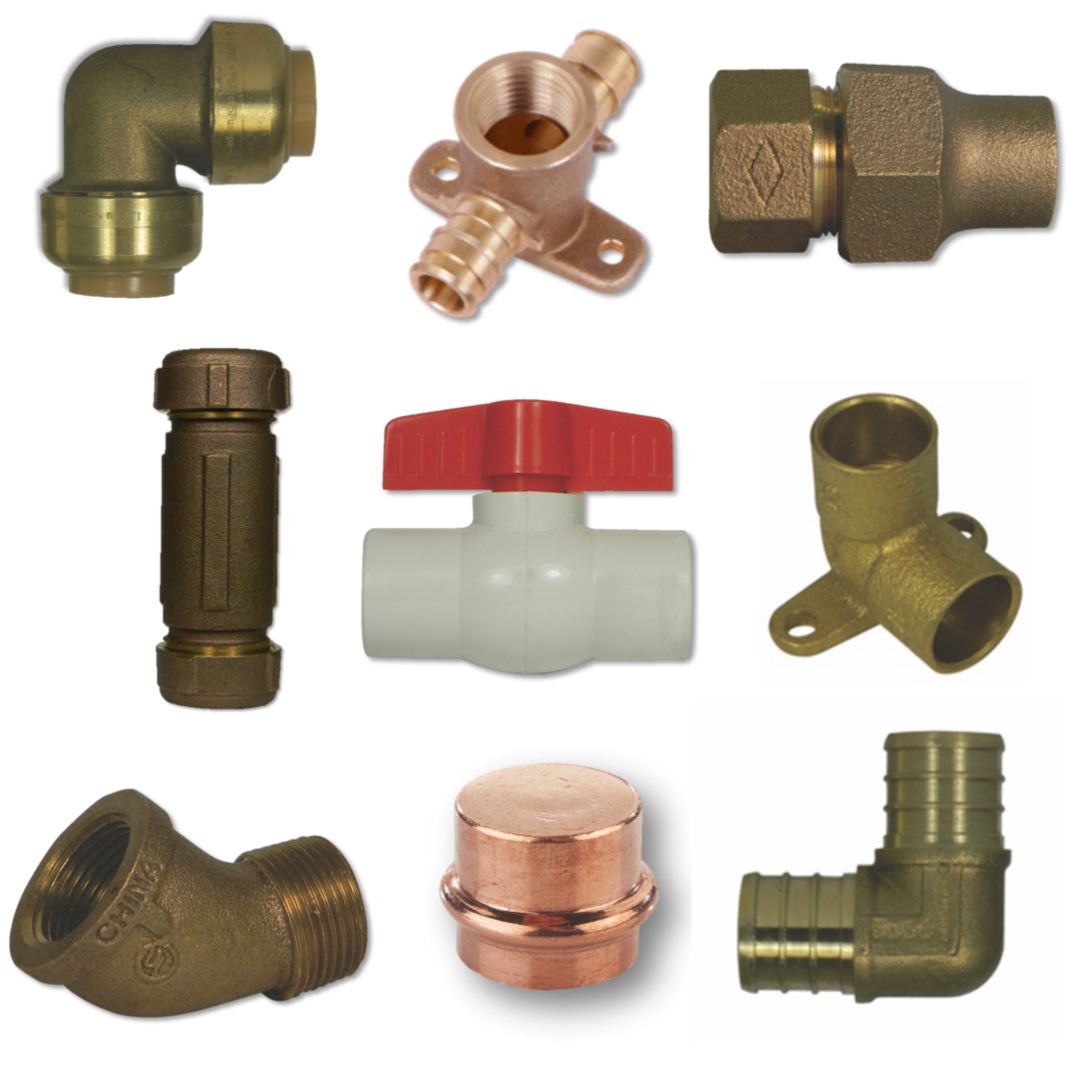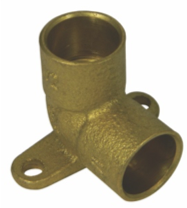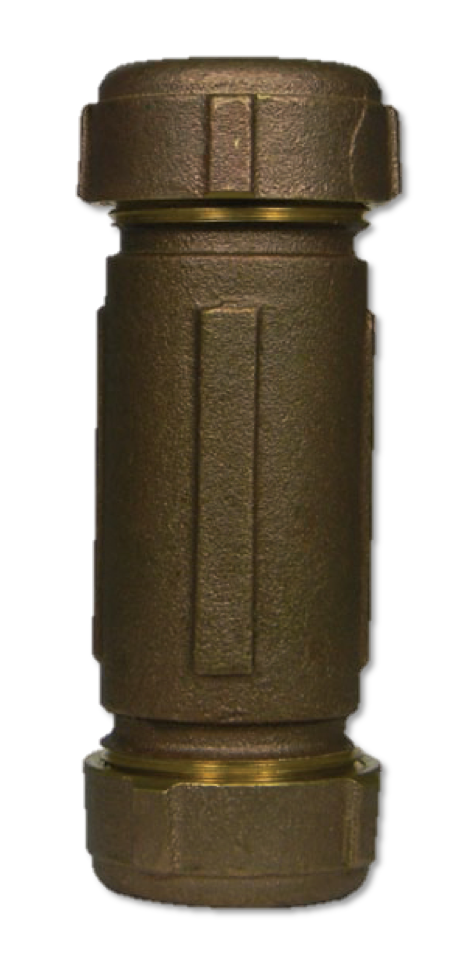Common Plumbing Fitting Connection Methods

Common Plumbing Fitting Connection Methods
As an important part of the plumbing system, plumbing fittings are the components of a piping system that join the sections of pipe together. From caps to reducers and nipples to tees, a properly made connected is necessary for any application. However, there is a lot more that goes into connecting plumbing fittings than meets the eye.
Pipe joints can be secured in a number of ways, depending on the material, features, and functions of the pipes and the fittings being used. In addition, they differ in regards to time, money, and personal preference. Steel piping typically will have fittings with corresponding threads. Copper has fittings soldered or brazed into place, along with the use of press, push, threaded, flare, and compression. Plastic piping will have solvent welded to connect the pipe and PEX tubing will use crimps, clamps, or rings. Continue reading to learn more about some of the most common plumbing fitting connection methods out there.
- Sweat Fittings
Sweat fittings are among the oldest and most trustworthy method of connecting pipes. Permanent, leak-free pipe joints are made when a solder is melted or sweated around the seam of brass or copper fittings and pipes. Flux is used to clean and prepare the pipe, upon which the solder is applied and melted around the joint.
Press Fit Fittings
Press fit fittings are a versatile system for use with hard, half hard, or annealed copper tube, providing a secure, life-long, and leak-proof joint. As a fastening method and an alternative to traditional soldering, press fit technology is also known as ‘press to connect’ technology and relies on compressive strength and compression in forming a plumbing connection. Press fit fittings are quick to fit and provide a low cost installation solution. The slimline design gives an a secure, permanent joint that can’t be tampered with.
Push-Fit Fittings
Push-fit (sometimes call push-to-fit or click-to-connect) fittings are self-explanatory in that the connection is made by pushing the pipe and fitting together, creating a quick installation. Push-fit fittings have a special O-ring and metal teeth inside to grip and get a watertight connection in low-pressure situations. They can be used in certain applications with PEX, CPVC, and copper pipe. Please note that the use of insert stiffeners is recommended for any poly piping.
Threaded Fittings
Threaded fittings must be twisted together for a tight fit, often by using Teflon tape or pipe joint compound on the threads. These fittings can contain female threading on the inside of the fitting and fit around male connections, which have threads on the outside. Brass, galvanized, stainless steel, and other non-copper fittings are often threaded.
Flare Fittings
With flare fittings, a flare nut and a cone-shaped fitting connect the pipe and fitting after the pipe has been “flared” with a special tool. They differ from a compression connection as flare fittings are generally not interchangeable. Flare fittings are typically made of brass or plastic, but stainless steel or other materials may be used. These are typically used for high water pressure gas applications.
- Compression Fittings
Compression fittings have a threaded body, nut, and a sleeve called a “ferrule” to use compression and squeeze pieces of pipe together for a tight joint. They are typically made of brass or plastic, but stainless steel or other materials may be used.
Slip Fittings
Slip fittings are unthreaded and require the use of another material to seal the connection. Plastic pipes and fittings with smooth walls that can easily slip together are affixed using a primer and quick-drying solvent cement. A rubber boot may also be used as a coupling between two pieces of pipe. Slip fittings are used with plastic piping – ABS, CPVC, and PVC.
PEX Crimp Fittings
PEX crimp fittings are used to connect PEX piping together most often through the use of a PEX crimping tool. When connections are done properly, this should be a relatively fast and inexpensive way of connecting PEX. Common PEX crimping methods include a copper ring or the Oetiker style clamp.
Expansion PEX Fittings
Expansion PEX fittings are used to connect PEX piping together through the use of an expansion sleeve and tool and can be used only with PEX-A tubing. The fittings have virtually the same inside diameter as the pipe, creating less restriction and often allowing for smaller pipe sizes.


